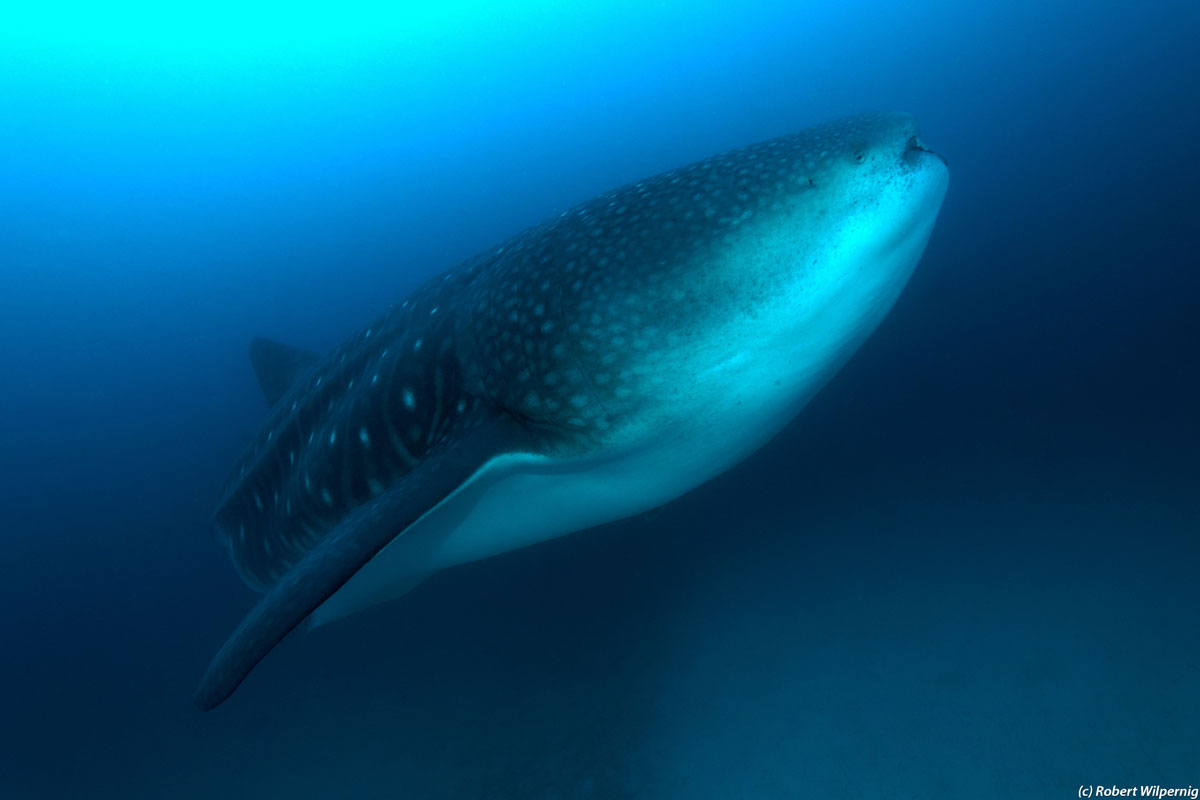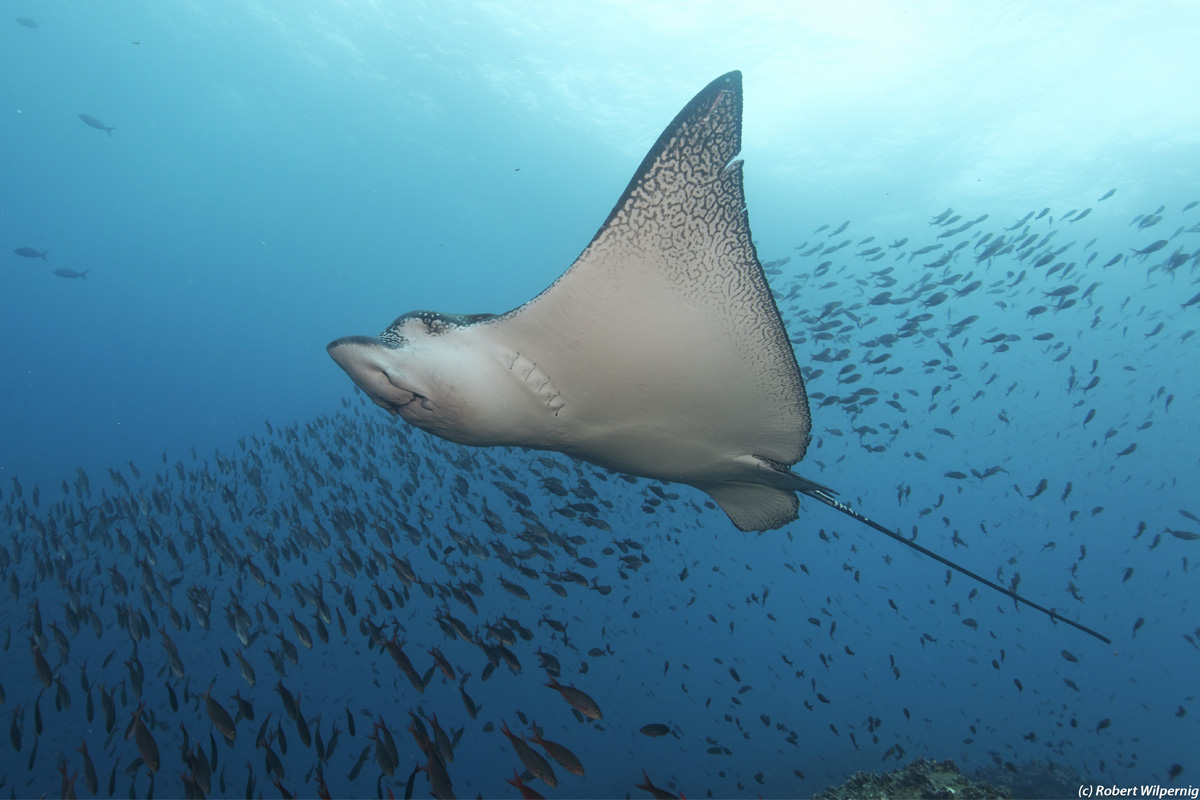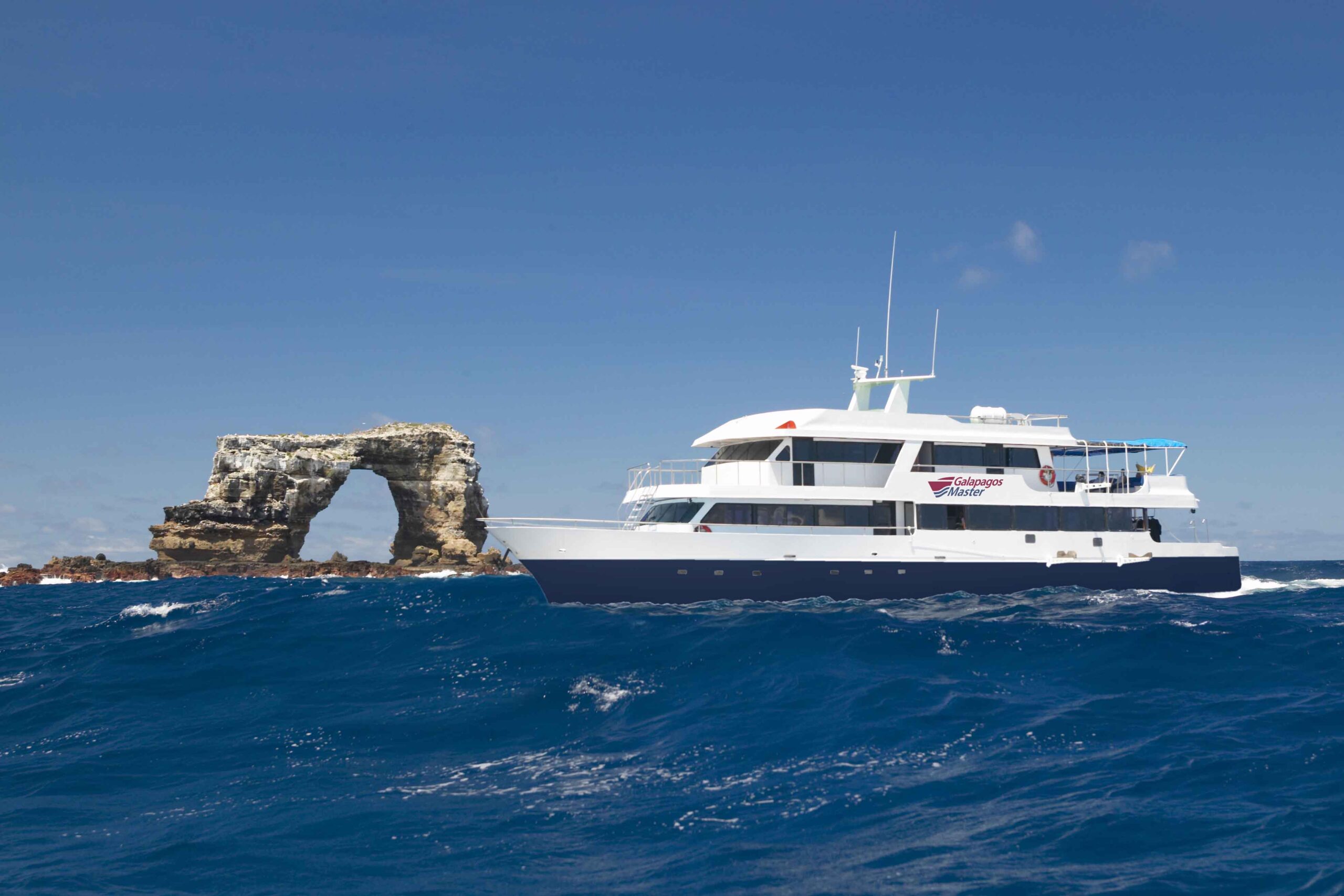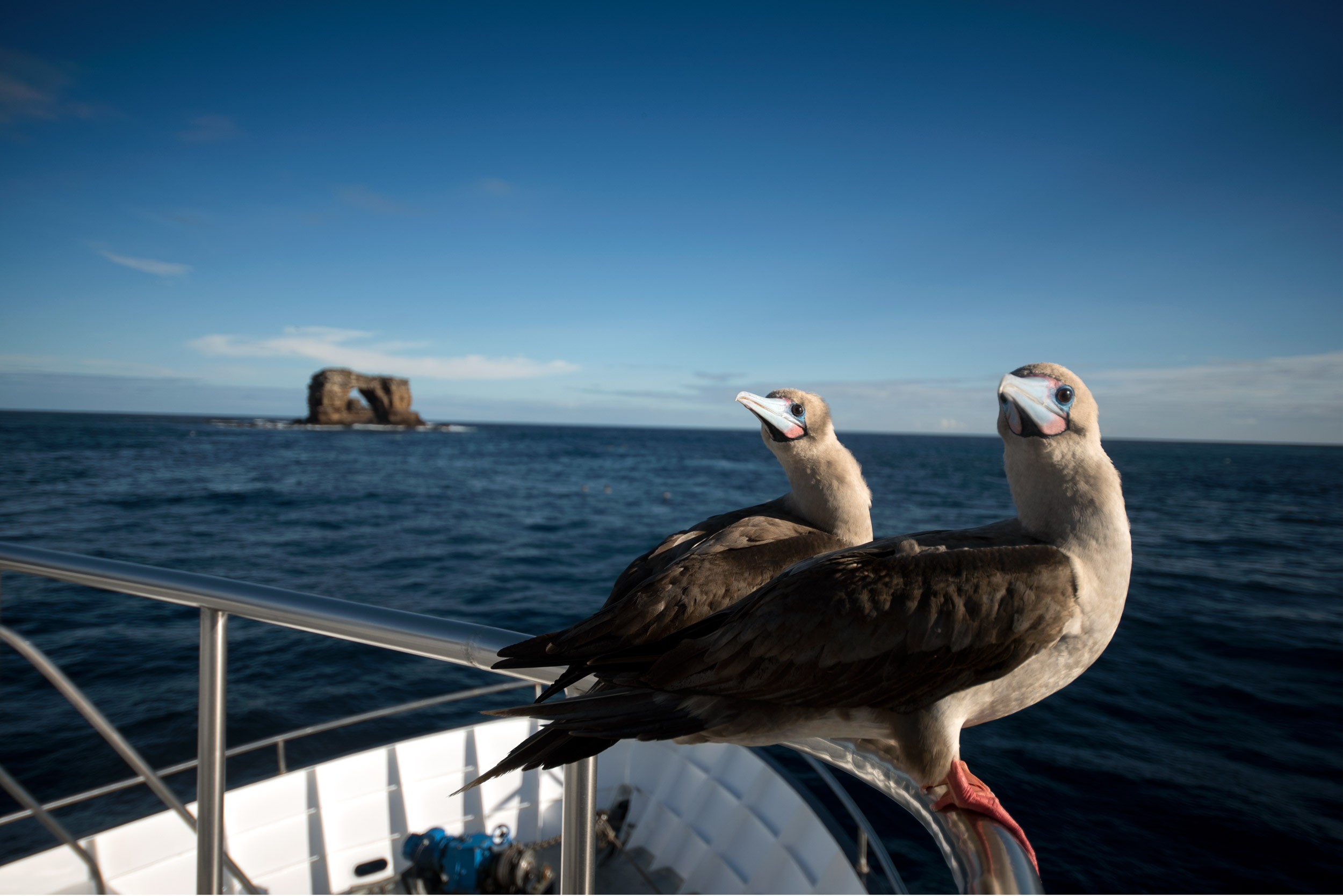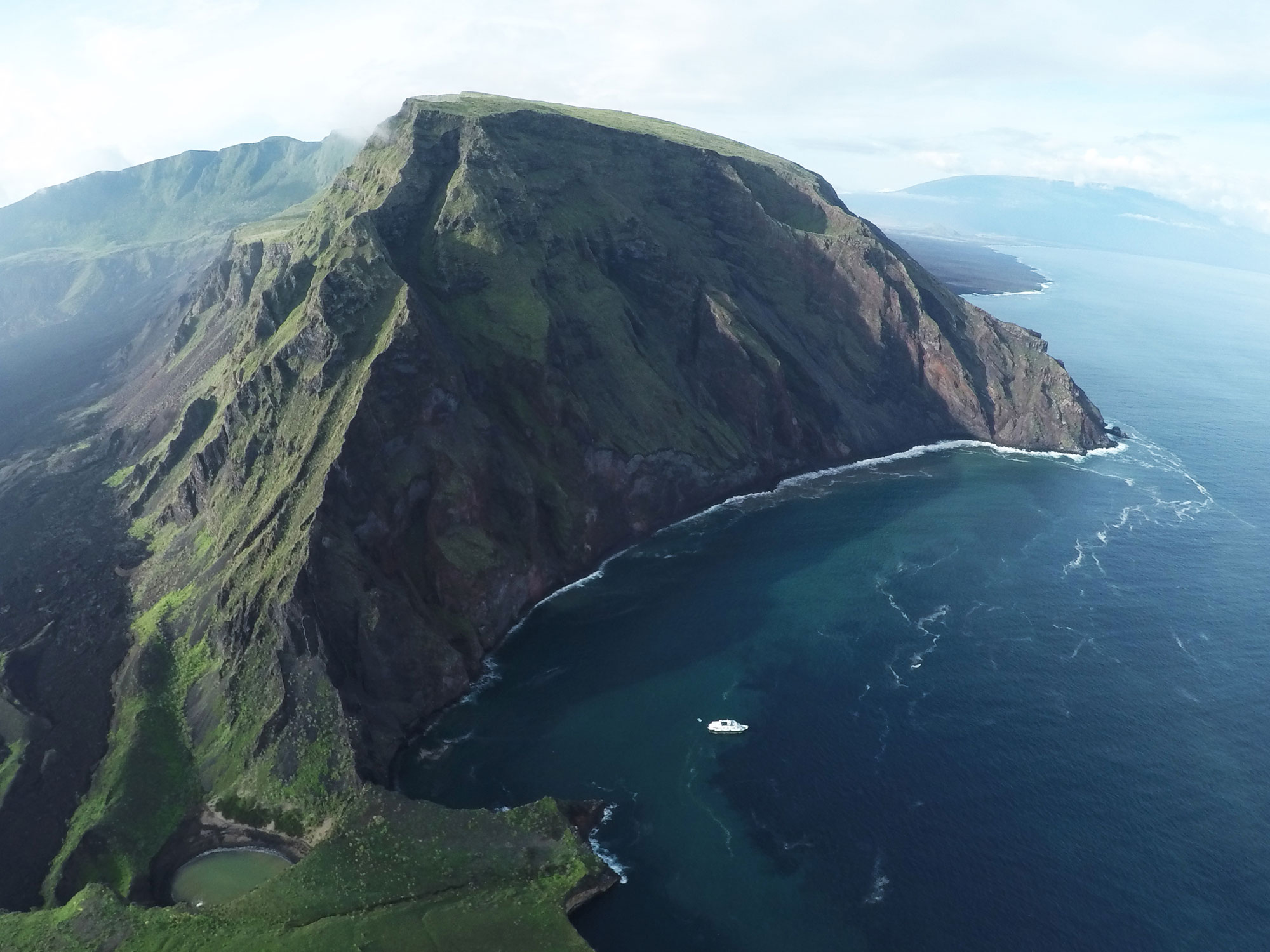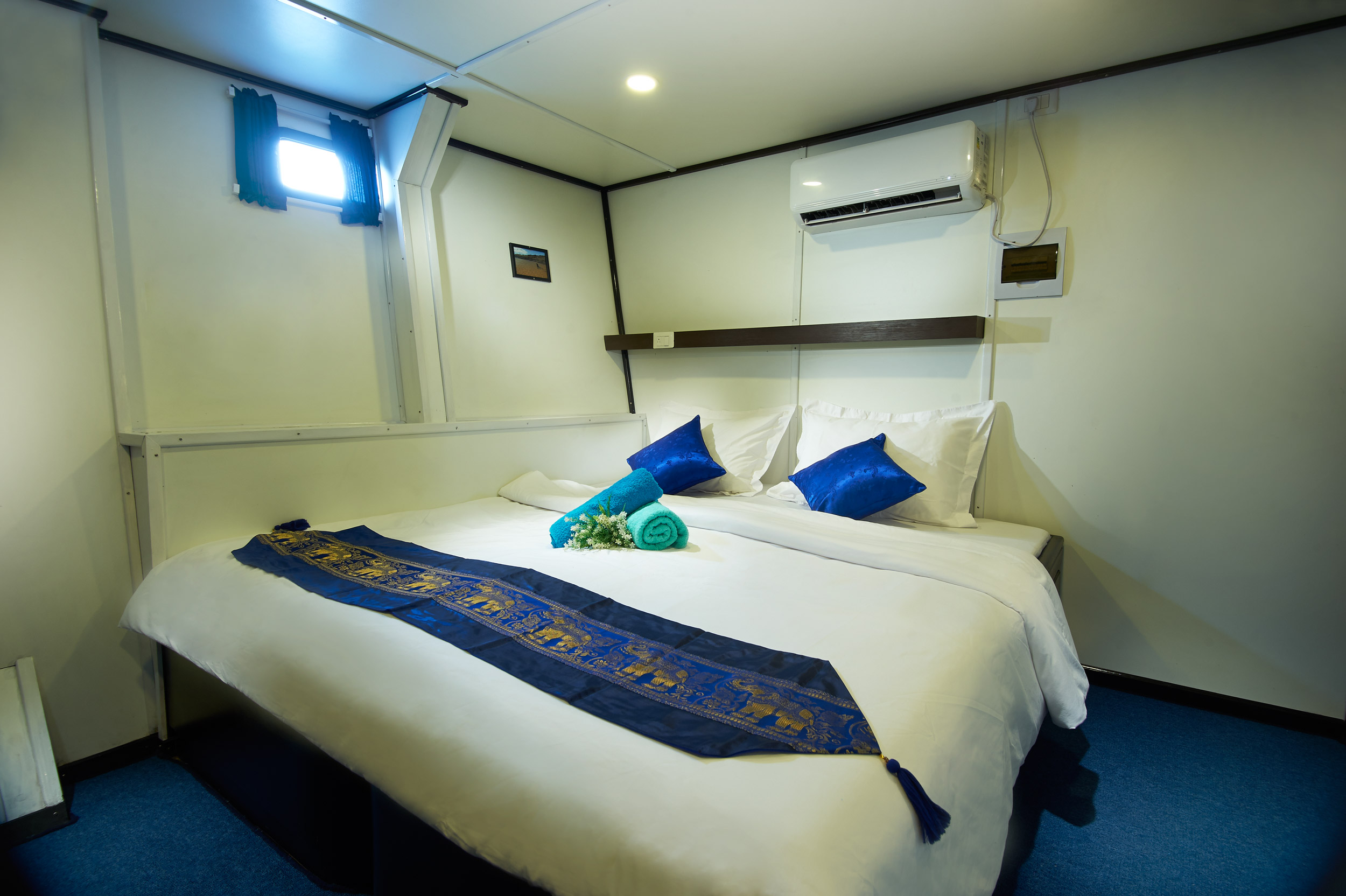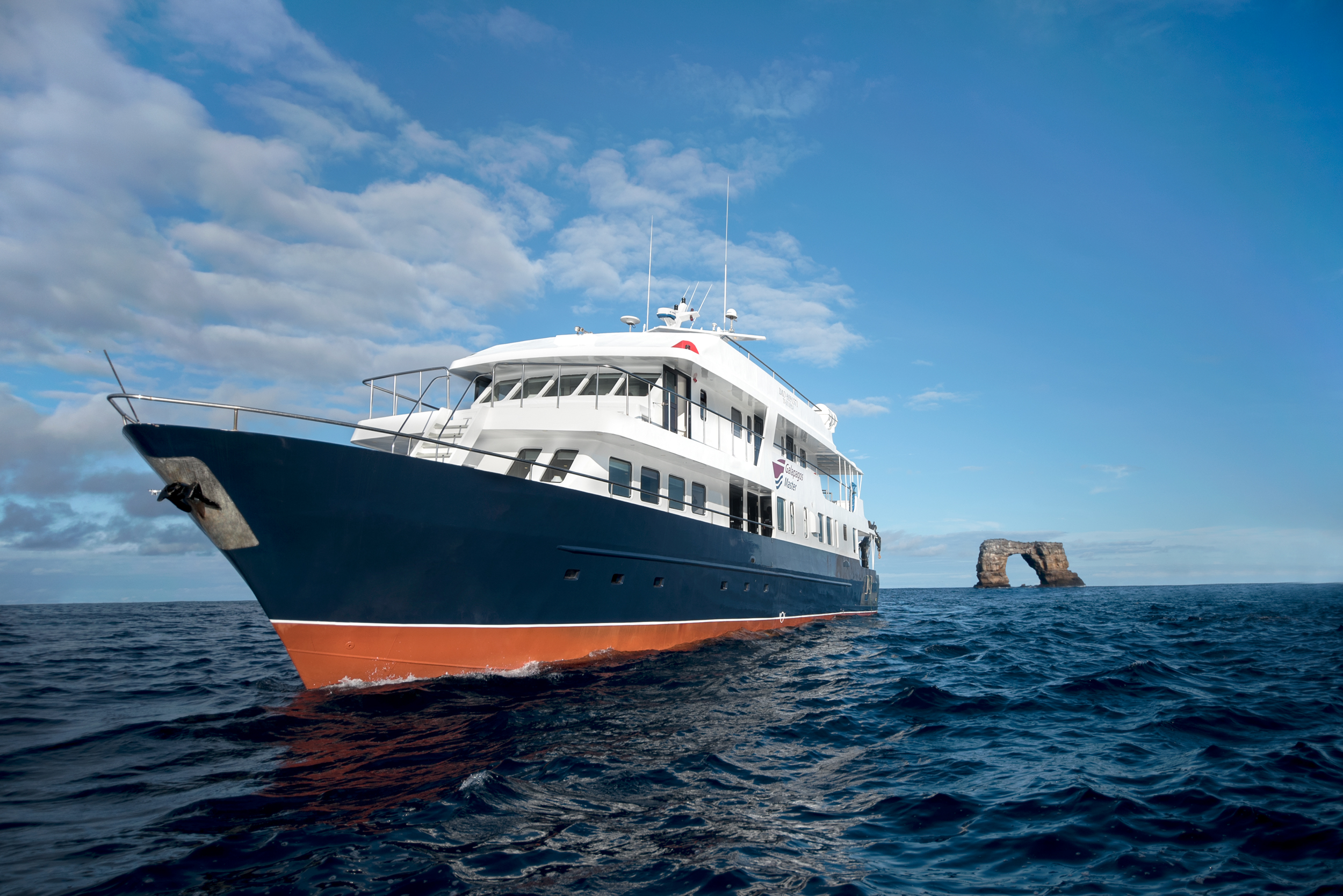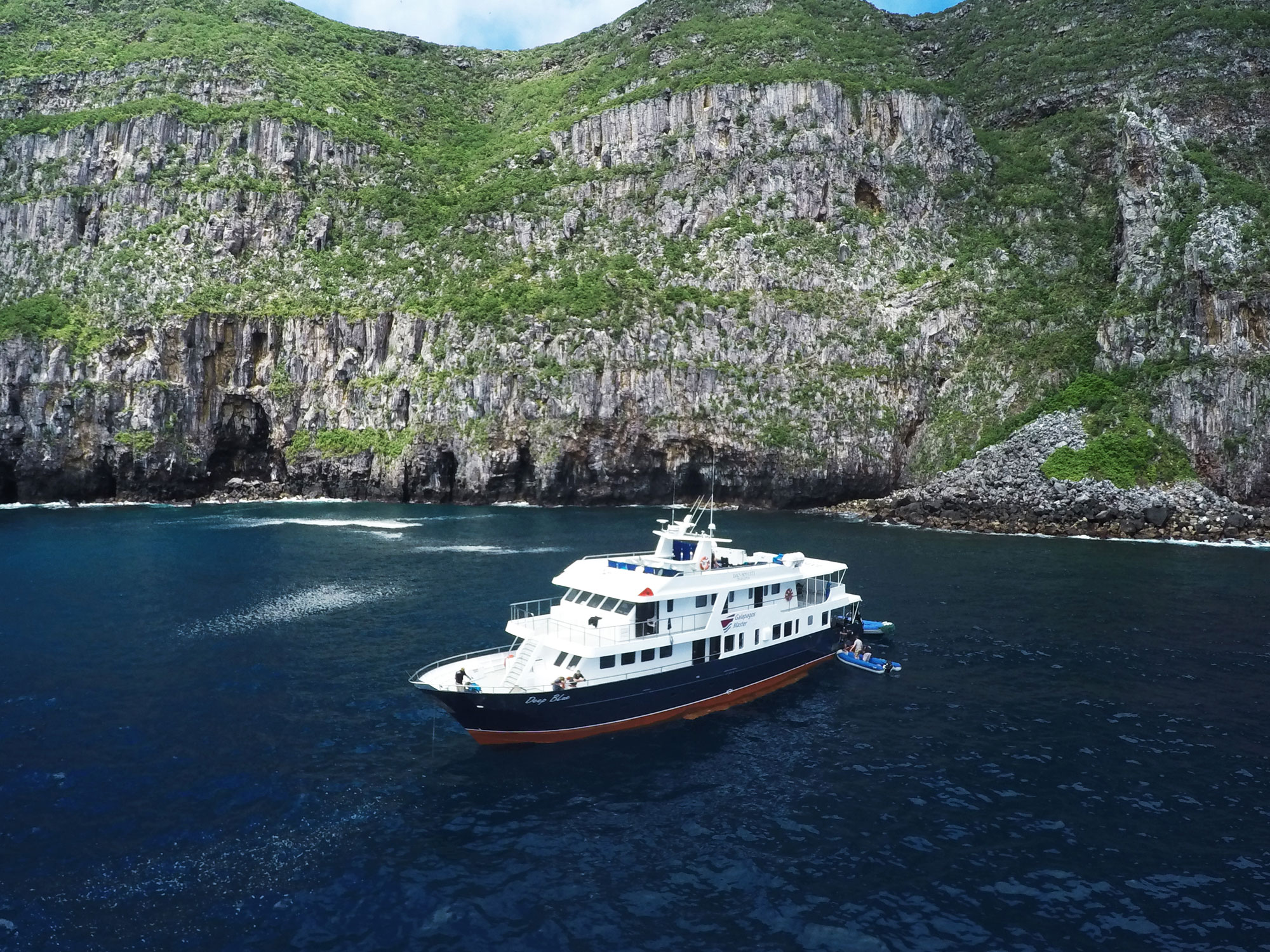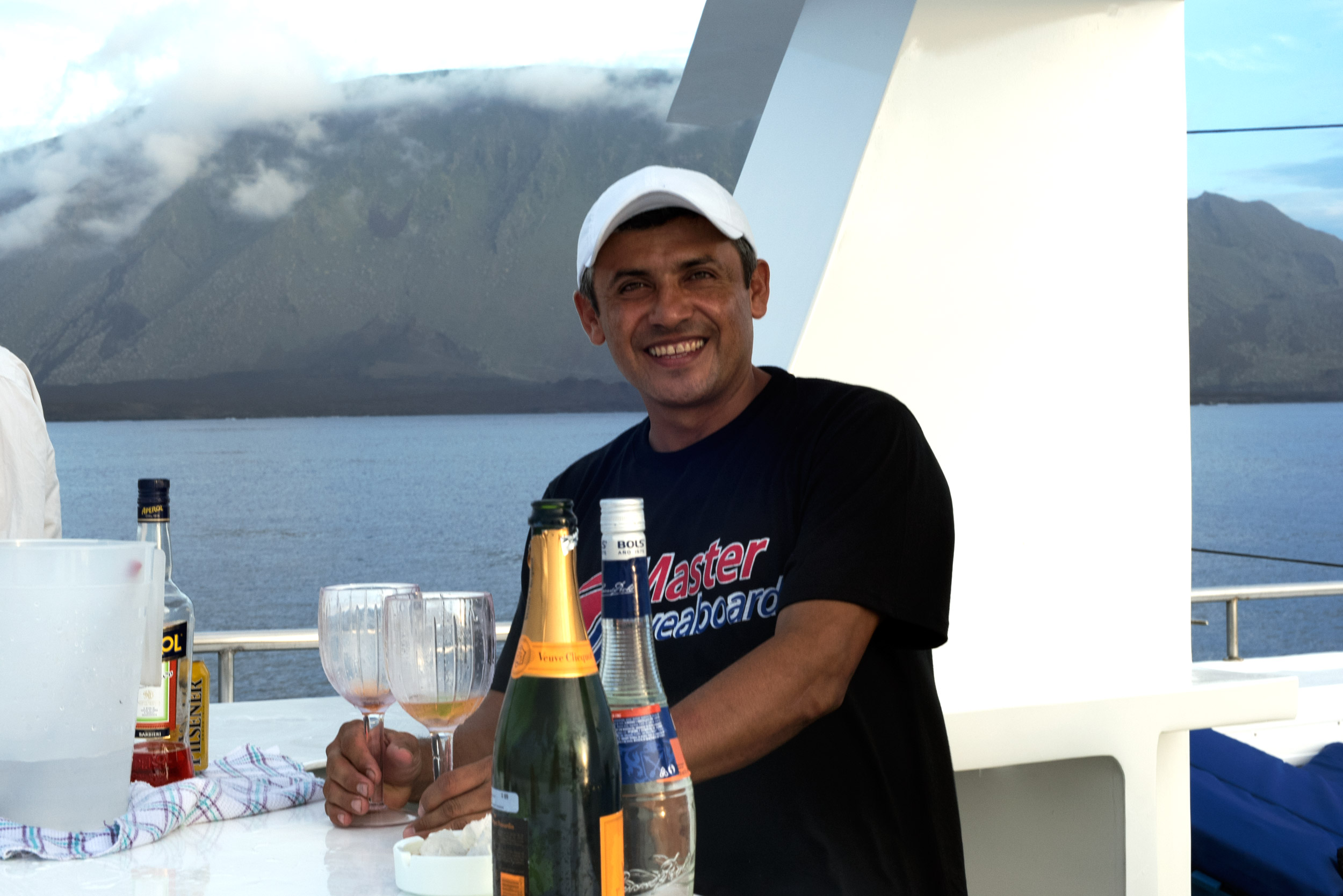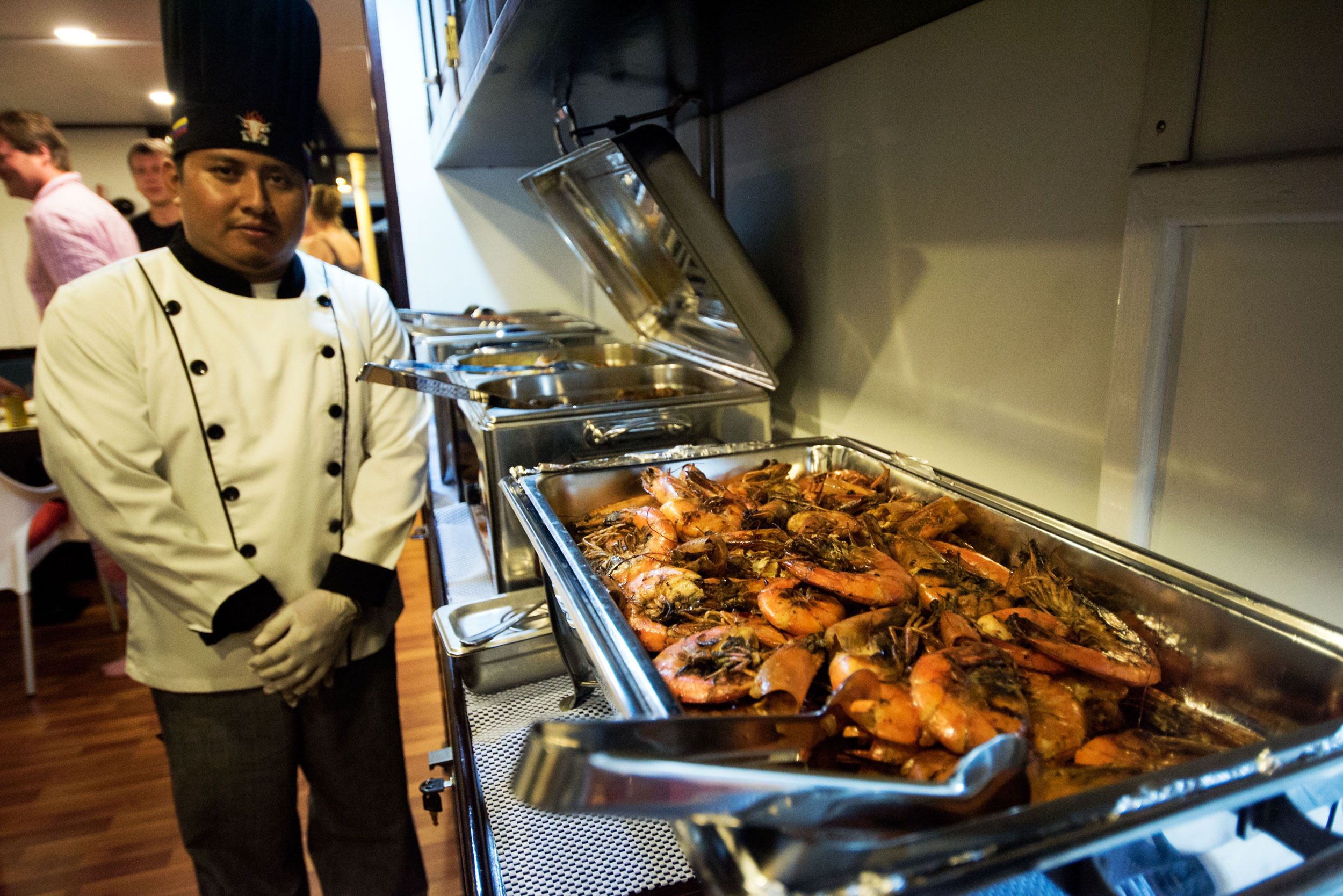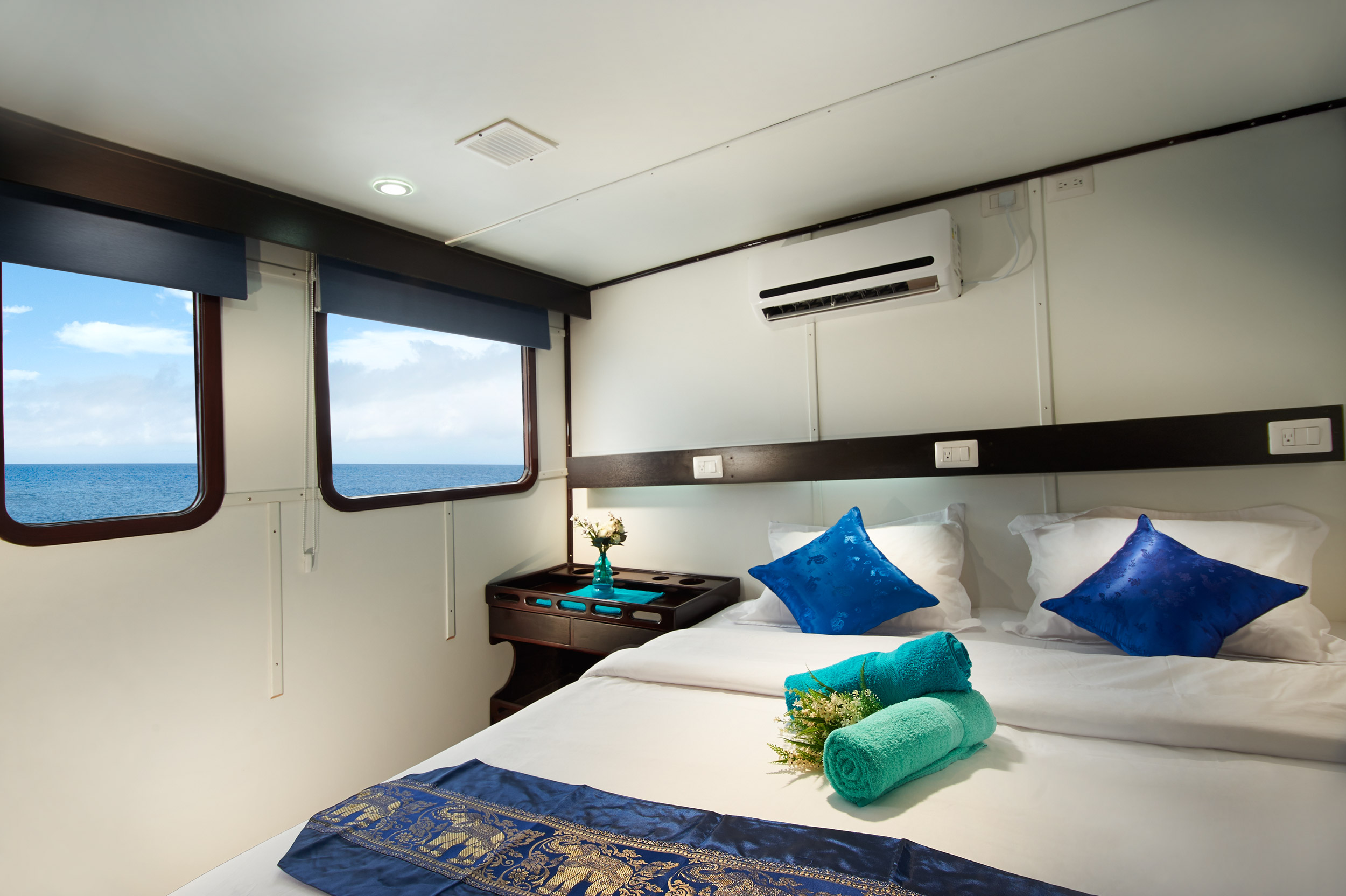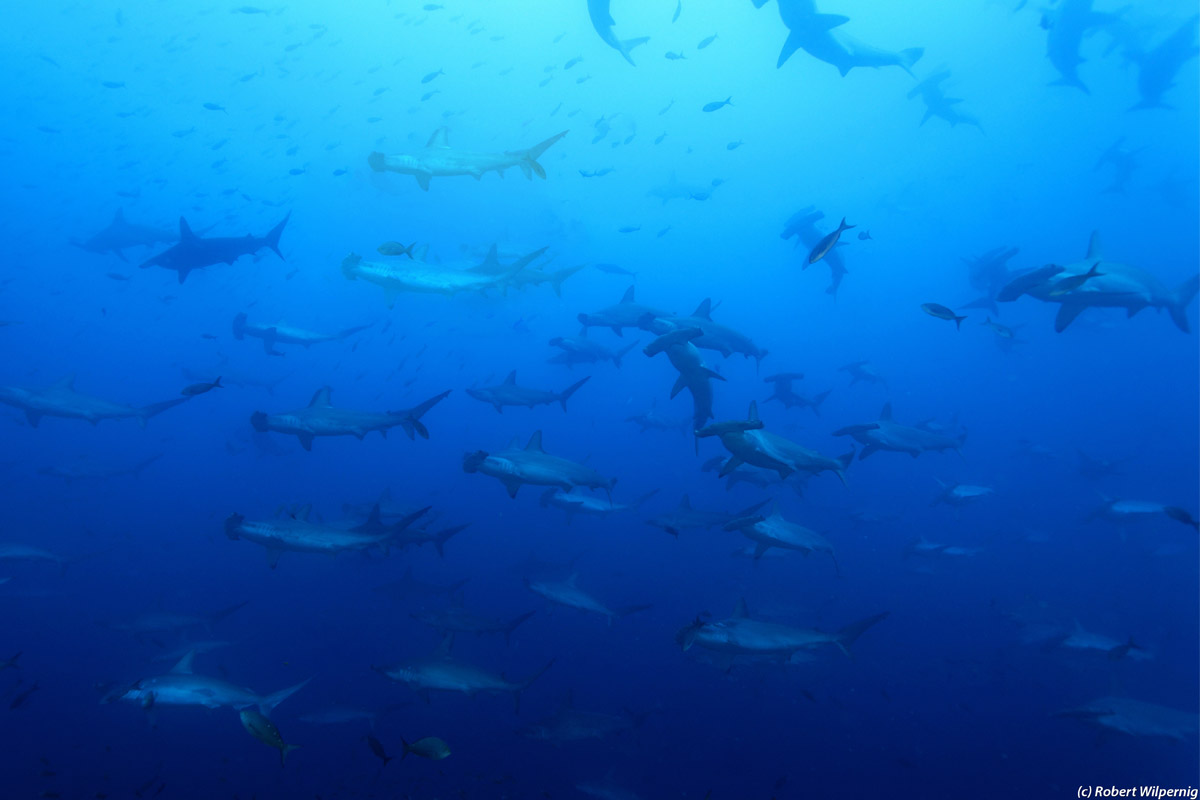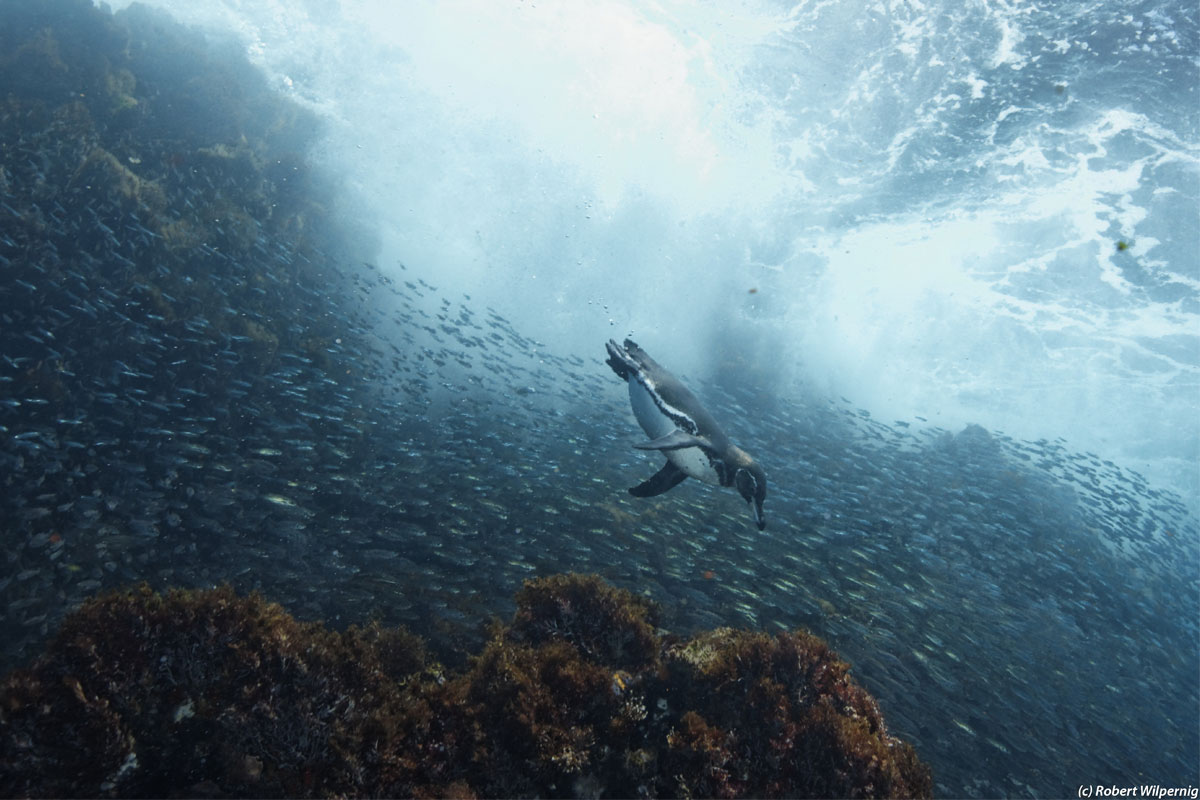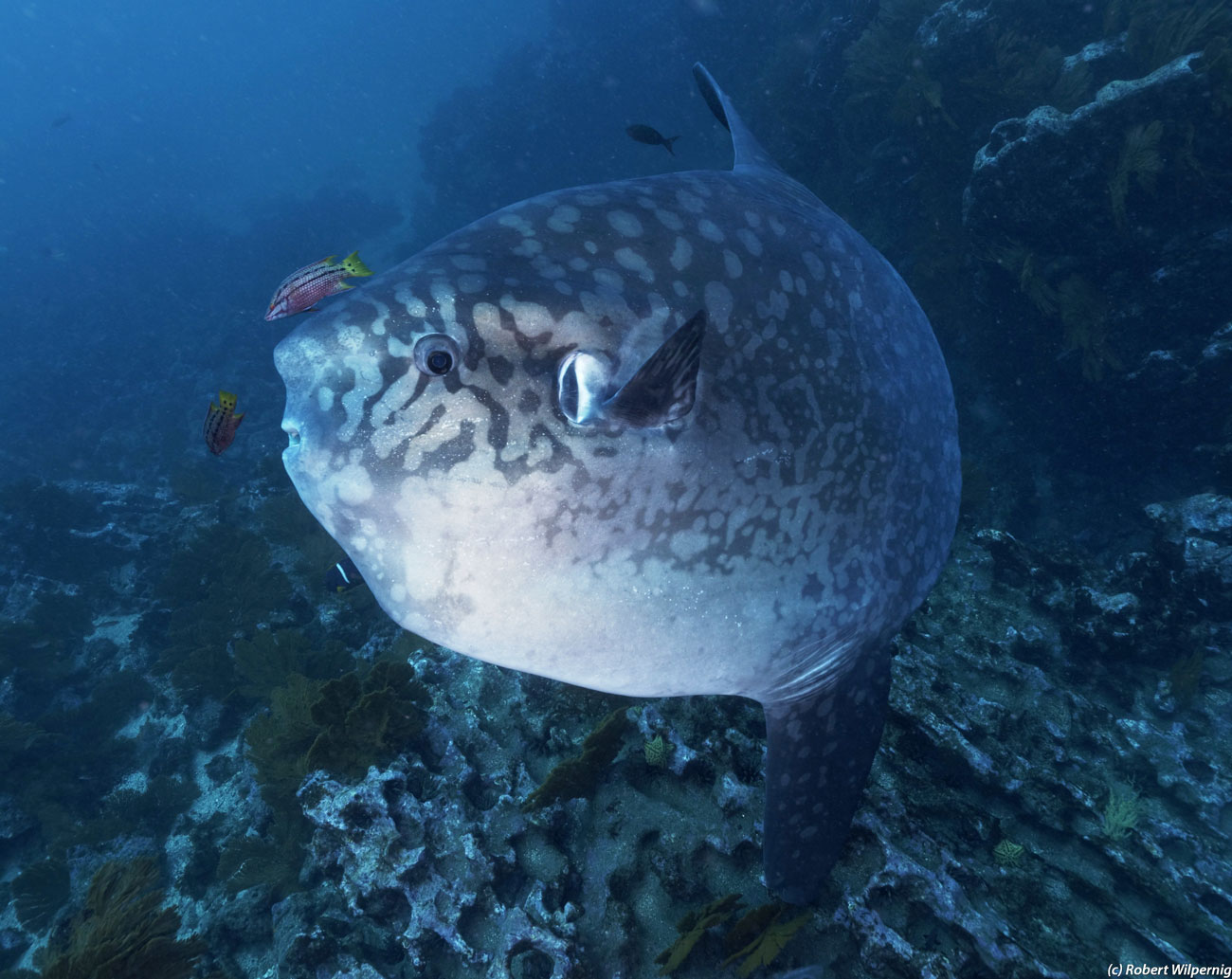Galapagos Master Liveaboard

A ‘Galapagos Master’ liveaboard holiday is the best way to access possibly the most spectacular pelagic diving on the planet.
The Galapagos are one of those rare places where you can dive through a school of hundreds of hammerhead sharks to find a whale shark cruising along through the middle of them. Toss in silky sharks, sea turtles, giant morays and schooling fish in their thousands… And that’s just the first dive at Darwin!
One of the other stops on your Galapagos Liveaboard is ‘Wolf Island’, where you can expect to see Galapagos sharks and eagle rays up close, whilst dives at Cabo Marshall will put you face to face with giant manta rays and inside a school of millions of black-striped salemas.
Mola mola (sunfish) may be seen in the depths too. Macro life is plentiful. Black coral bushes shelter seahorses, blennies, nudibranchs, hawkfish and frogfish.
Marine iguanas are a unique sight, along with speedy Galapagos penguins and playful sea lions.

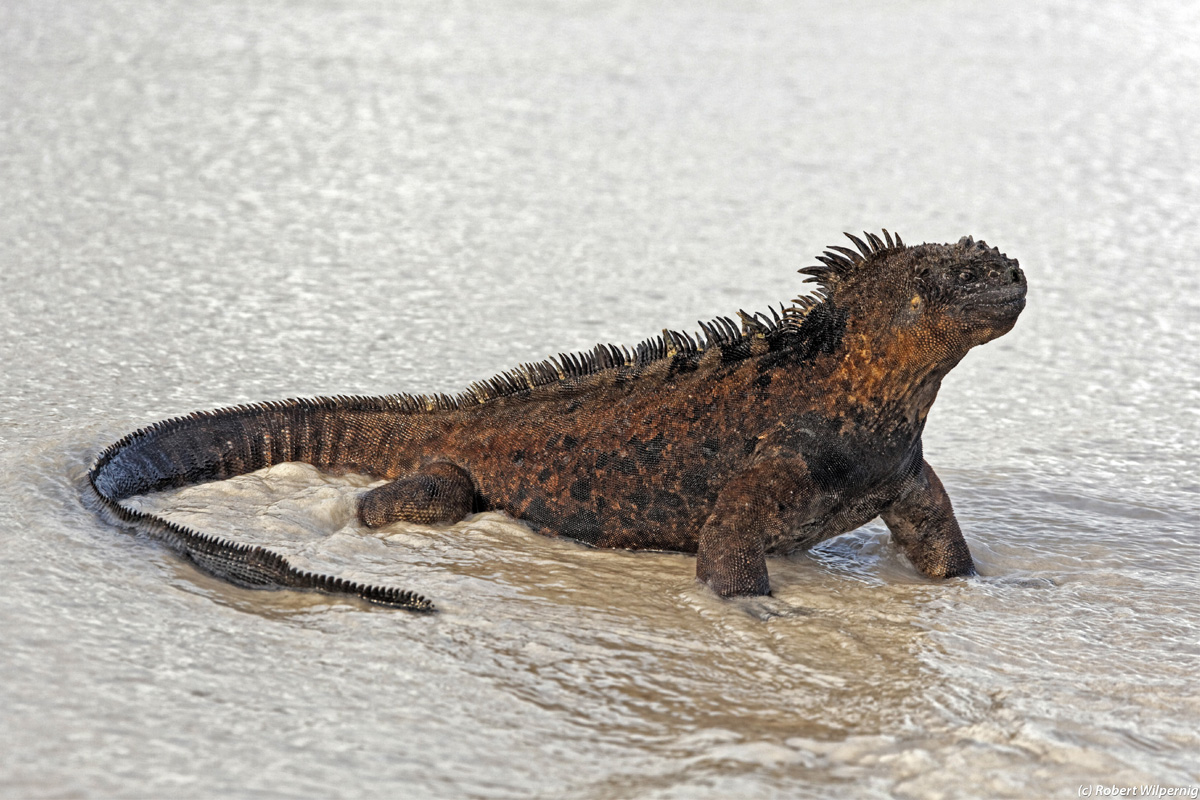
Galapagos Liveaboard Diving Requirements
Most liveaboards in the Galapagos require you to be a minimum of Advanced Open Water, with Nitrox and over 100 dives.
Experience in drift dives is also important!
When Is the Best Time Of the Year To Do A Galapagos Liveaboard?
The best time of year to visit the Galapagos Islands on a diving liveaboard holiday depends on what kind of marine life encounters you’re looking for, but overall, June to November is considered prime season for advanced divers.
During these months, cooler currents bring nutrient-rich waters, attracting large pelagics such as whale sharks, hammerhead sharks, and manta rays, making it the ideal time for big-animal encounters. The seas can be rougher and temperatures cooler, but the payoff is world-class diving with spectacular marine biodiversity.
From December to May, the seas are calmer and visibility improves, making it a great time for those who prefer warmer waters and a more relaxed diving experience. Whether you’re aiming to spot schools of scalloped hammerheads or enjoy the unique underwater volcanic landscapes, the Galapagos offers unforgettable liveaboard diving year-round. For the ultimate diving adventure, plan your Galapagos liveaboard holiday around your preferred conditions and wildlife encounters.
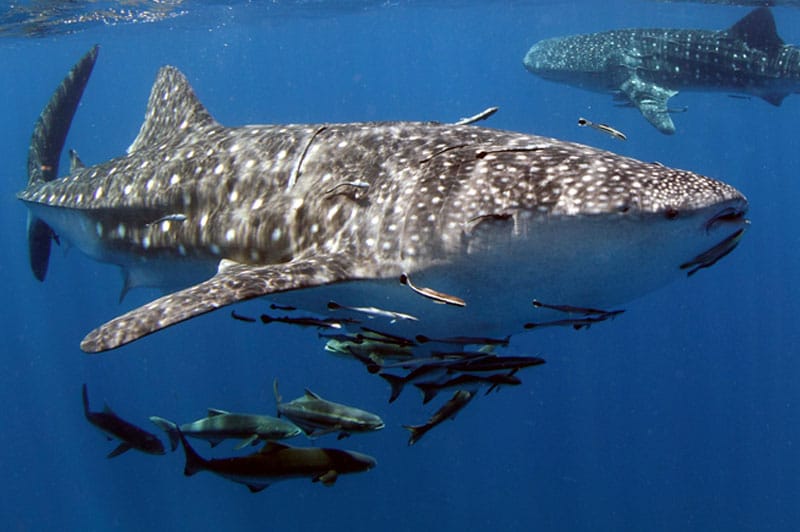

This is but a mere taste of why divers consistently proclaim the Galapagos to have the healthiest marine life in the Pacific. Situated in the middle of the Pacific Ocean, nearly 1,400 km due west from the coast of Ecuador, the archipelago's unique flora and fauna is mainly due to the isolated location. The various racing ocean currents around the islands bring with them nutrients and the world-famous marine life.
Above water, this isolated group of volcanic islands has a striking range of landscapes which are home to an unparalleled number of endemic species. Brought to prominence by Charles Darwin in his renowned book ‘On the Origin of Species’ following his 1835 visit on board HMS Beagle, the islands were named a UNESCO World Heritage Site in 1978.
Intinerary
Cost includes
- Return transfer between San Cristobal airport and the vessel on days of embarkation and disembarkation
- Full board accommodation (based on double occupancy)
- Tea
- Coffee
- Fruit juice & soft drinks
- Land excursions
- Up to 4 dives daily
- Single 12ltr cylinder with air fills
- Weights
- Weight belts
- SMB
- Land excursion
Cost excludes
- Flights
- Equipment hire (7mm wet suit)
- Nitrox
- On board merchandise
- Alcoholic drinks
- Crew and dive guide gratuities
- Marine Park & Port Fees
- $35 USD Chamber Support Fee
- $25 USD Tourist Card (before boarding your domestic flights to the Galapagos visit the INGALA booth at Guayaquil airport)
- Ecuadorian Departure Taxes (between $28 USD and $41 USD if not included in your flight ticket)
- Obligatory surcharges - Marine Park & Port Fees: $100 USD Galapagos National Park Fees (upon your arrival in the San Cristóbal)

